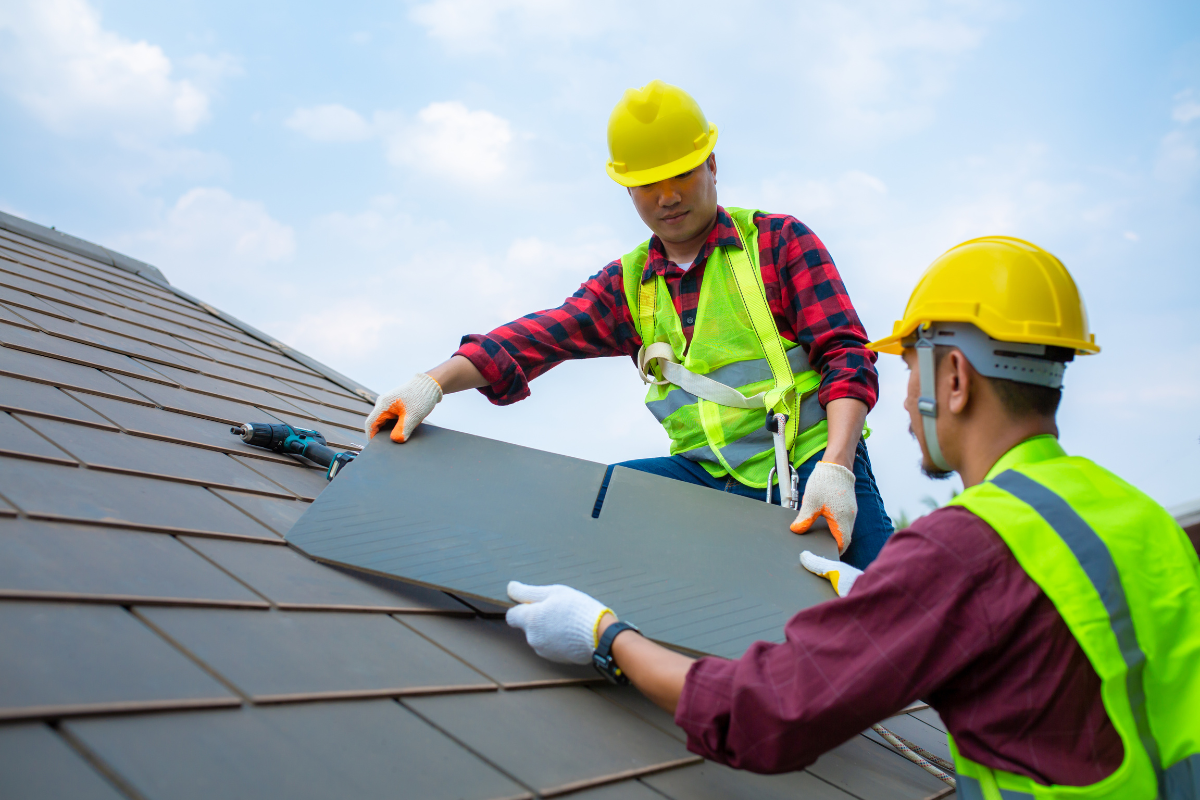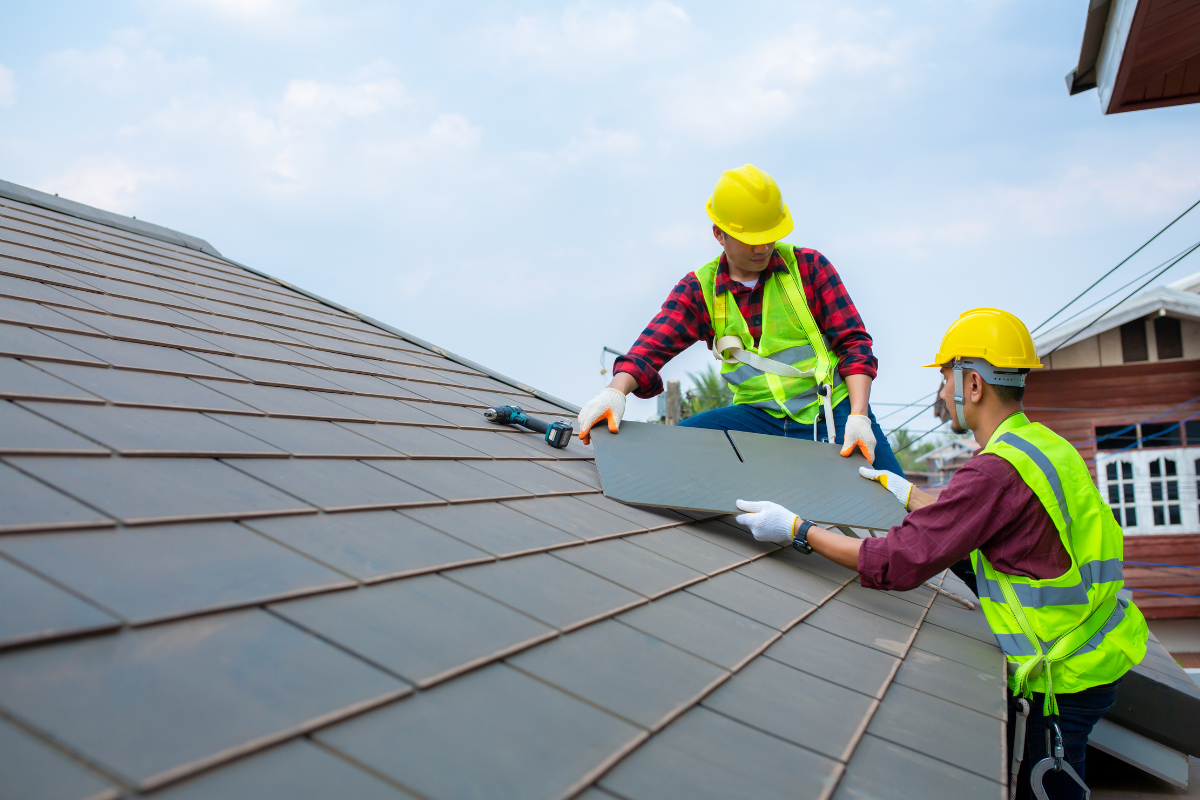Safeguarding Lives: How Roofing Holds the Key to Fire Safety

According to the National Fire Incident Reporting System, there were approximately 2.0 fatalities and 8.7 injuries per 1,000 fires across the nation in Florida, during 2021. The impact on residential structures was even more alarming, with an average of 6.2 deaths and 30.6 injuries per 1,000 fires during that period.
Feeling worried about your structure’s fire safety? Here’s what you should know: Employing proper roofing techniques and using suitable materials can significantly reduce these risks and safeguard both residential and commercial structures from devastating fires.
If you’re wondering how your roofing can help prevent fires, take a look at the different ways your roofing system contributes to fire prevention

- Different Types of Fire-Resistant Roofing Materials
Ever wondered which roofing materials can effectively resist fire and enhance overall safety? Fortunately, there are several options available that offer excellent fire resistance, ensuring robust protection.
Metal roofs have gained popularity due to their exceptional durability and ability to withstand extreme heat. Clay and concrete tiles not only provide an aesthetically pleasing appearance but also offer reliable defense against fires.
Another dependable choice is slate roofing, known for its natural beauty and remarkable longevity. These materials possess inherent properties that significantly reduce the spread of flames during fire incidents.
It’s important to remember that selecting a roofing system with a UL Class A fire-resistance rating is your best choice. This ensures compliance with stringent standards aimed at preventing flame penetration and minimizing fire risks.
2. Importance of Proper Installation Techniques for Fire Safety
When it comes to fire safety, proper installation techniques play a vital role in ensuring optimal protection.
Keep in mind that incorporating fire-resistant underlayment is essential during the installation process. This additional layer acts as an extra barrier against flames, preventing their penetration into the building in case the source of fire is external.
Equally important is sealing all openings, such as gaps around chimneys or vents. These small openings can serve as entry points for embers, which may ignite flammable materials within the structure.
3. Regular Roof Maintenance and Inspection for Fire Safety
Over time, roofs can develop issues that compromise their ability to effectively withstand fires. This is why consistent roof maintenance and inspections are essential in ensuring long-term performance and enhancing fire safety measures.
To prioritize fire safety, make sure to schedule an annual inspection by a professional roofing contractor. Their expertise enables them to identify any signs of damage or deterioration that may increase fire risks.
Additionally, keeping your roof clean from debris like leaves or branches is essential as they can become potential fuel sources during a fire incident.
Another important aspect of maintenance involves recoating fire-resistant roofing materials such as modified bitumen. This process helps restore their protective properties while extending their lifespan.
By proactively engaging in regular maintenance practices and inspections, you take significant steps toward enhancing the overall fire safety of your building.

4. Roof Design in Fire Safety
While roof design helps make the place more appealing, it serves a greater purpose. Proper roof ventilation, for example, is a critical factor as it helps prevent the buildup of heat and smoke, enabling occupants to safely evacuate during a fire incident.
Fire-resistant ridge vents play an integral role by providing an escape route for accumulated heat and gases in attics or enclosed spaces. Additionally, considering the roof slope or pitch is crucial. A steeper slope helps minimize fire spread by impeding flames from rapidly reaching other parts of the building.
By prioritizing these aspects during roof design and renovation processes, we take significant strides towards creating safer environments with enhanced fire safety measures.
The Bottom Line
Roofing is crucial for fire safety in buildings. By using fire-resistant materials, proper installation techniques, regular maintenance, and considering design elements, you can reduce fire risks and get the peace of mind you deserve.
